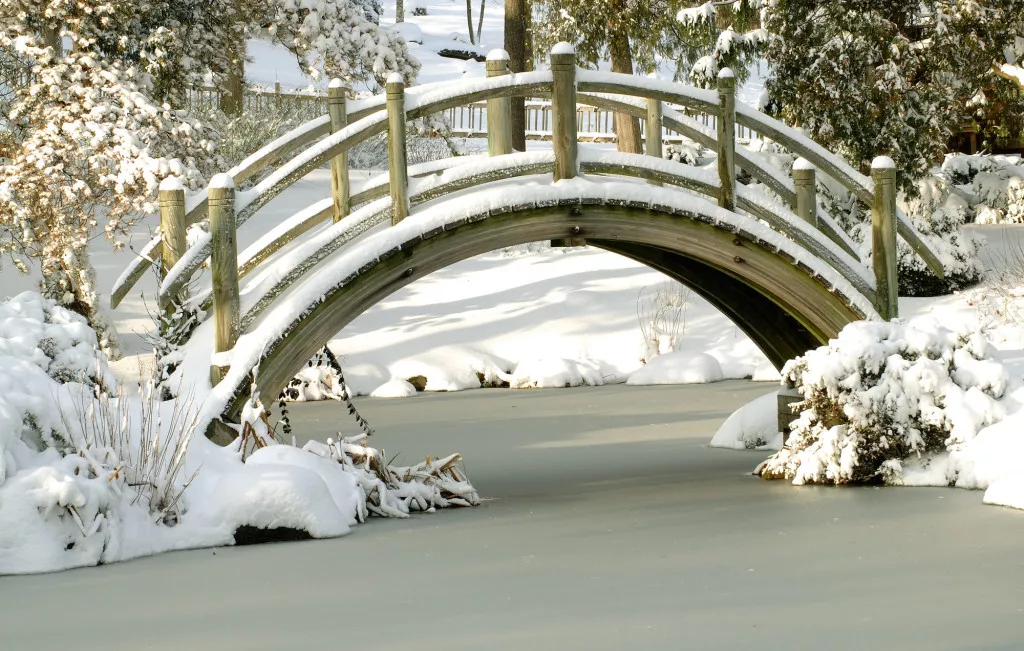How to Take Care of Your Pond in the Winter

How to Take Care of Your Pond in the Winter
It can be a worry as the weather turns colder, of what will become of your pond and it inhabitants over the winter period. January and February and the coldest months of the season, and your pond will be at risk of icing over, however this could be detrimental to your plants, fish, and any amphibious creatures you have living in your pond.
You want to avoid allowing a layer of ice to form over your pond as this will prevent harmful gases from being able to leave the water and stops oxygen from getting into the water. There are several ways to avoid this. The first would be to keep a pond heater running through the winter. This can be an expensive option as it will require a lot of electricity, but it is one of the most effective ways of maintaining your pond in the winter. Alternatively, float one or two tennis balls or pieces of polystyrene on the surface of your pond during the cold season. This will hopefully prevent ice from forming in one or two places on the surface of your pond, allowing gases to continue circulating, keeping your fish and other wildlife healthy. If your pond does freeze over, you can melt it by placing a hot pan of water on the surface. Don’t pour the water over the ice as it is likely to just refreeze. Never try and smash the ice, the shockwaves created can harm your fish and amphibious inhabitants. Make sure your pond receives lots of light during the winter months by pruning back overhanging branches and brushing back any snow that collects. This will allow submerged plants and algae to continue photosynthesising, which will replenish oxygen levels in the water. Consider adding more oxygenating plants in the spring if there aren't any. If you give your pond the right amount of TLC over the colder months, it should retain it’s healthy balances of gases and be ready to bloom when spring rolls back around.
